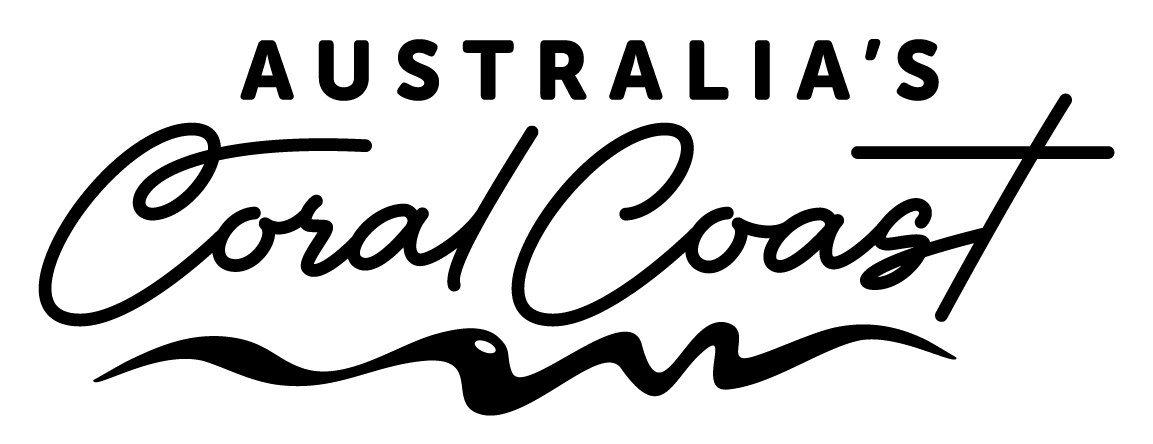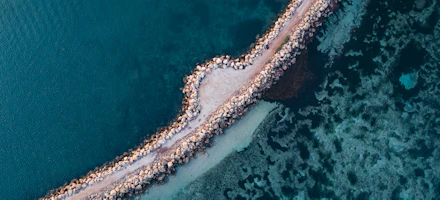
Aboriginal Culture & Heritage along the Coral Coast
2 August 2022
Australia’s Aboriginal culture is the oldest continuous living culture in the world, dating back more than 60,000 years.
Hundreds of Aboriginal language groups exist across Australia, and Australia’s Coral Coast is home to at least eight of them, from the Yuat people in Jurien Bay right the way through to the West Thalanyi-Jinigudira people of the Exmouth Peninsula. The language groups from Geraldton through to Carnarvon (Amangu, Nhanda, Yinkarta, Wadjari, Naaguja, and the Malgana) are known collectively as Yamaji.
There are several opportunities to delve deeper into the stories and culture of the different language groups along the Coral Coast, all while exploring some of the most beautiful scenery in all of the country.
Geraldton
Geraldton is a hub of educational experiences on the collective Yamaji culture. Starting in the city, head off on the 195km self-drive Yamaji Drive Trail through the wider region’s most culturally significant sites. The trail will take you north to the Chapman River National Park before winding its way down towards the historic settlement of Greenough and, finally, east to Mullewa (also known as wildflower country). Along the way, there are well-signed stops at Dr Foley’s Tree, the nearby corroboree site, the resting point of Bimarra the Serpent at Ellendale Pool, and more.
On Marine Terrace, you’ll find Yamaji Art, an emerging Aboriginal art centre showcasing the works of artists from the coastal centres of Dongara, Geraldton and Kalbarri, right the way through to Meekatharra and Wiluna in the Western Desert. A diverse range of artist language groups is involved, which leads to even greater diversity in the art on display. Peruse and purchase anything from traditionally woven vessels and printed textiles to the iconic Aboriginal dot painting.
Kalbarri
A sign at the entrance to the Kalbarri Skywalk reads: ‘Kaju Yatka’. It means ‘sky walk’ in the local Nanda dialect; a very apt name for the experience that lays ahead.
As you make your way out to the cantilevered platforms, high above the floor of the Murchison Gorge at the Inyaka Wookai Watju site (the West Loop), cast your gaze down towards the pathway. Beemarra, the Dreamtime serpent – said to have carved out the gorge on her way towards the unfamiliar sound of the pounding waves along the coast – is one of two local Aboriginal art works sandblasted into the concrete.
There is more local art at the entrance, in the form of decorative message sticks arranged into a ‘forest’. For more information on the artworks, the land, and the Nanda people, stop to read the abundant informative signage along the way.
Carnarvon
Gwoonwardu Mia Gascoyne Aboriginal Heritage and Cultural Centre celebrates the five Aboriginal language groups in the Gascoyne region – Yinggarda, Bayungu, Malgana, Thadgari, and Thalanyji. Inside the centre, award-winning audio and visual interpretive displays tell the stories of the land, the customs of the traditional custodians, and tales from old Carnarvon. Outside, you’ll find a botanical garden full of culturally relevant trees and plants and, from July to October, plenty of Dawson’s Burrowing Bee (Mungurrgurra).
Entry is $10.00 per person and $5.00 per child (or $25.00 for a family of four). Bookings aren’t necessary.
Shark Bay
Add another dimension to your trip to shark bay by booking a tour with Darren ‘Capes’ Capewell of Wula Gura Nyinda Eco Cultural Adventures. Capes is a descendent of the Nhanda and Malgana people of ‘Gutharraguda’ (Shark Bay) and takes great pleasure in taking visitors out ‘on Country’ to showcase the region’s natural beauty through a cultural lens.
Opt for a gentle paddling tour of Little Lagoon, a bush tucker experience in the heart of Francois Peron National Park, or a magical night-time Didgeridoo tour beneath the glittering sky. Can’t make a decision? Capes will customise an experience to suit.
Tours start from $85.00 per person ($50.00 per child). Bookings are essential.
Ningaloo
The name Ningaloo is broadly used in reference to both the coastal land of the Exmouth cape, and the waters surrounding the Ningaloo Reef. It was given to the region by the traditional custodians of the land, the West Thalanyji-Yinigudara people, and it means ‘land jutting out to sea’.
There are more than 140 protected Aboriginal sites within the Ningaloo area that have been registered in the Department of Indigenous Affairs, including sacred burial sites, ceremonial areas, mythological sites, and artefact scatters. The region was also the site of the oldest Aboriginal jewellery recovery – a 32,000-year-old shell beaded necklace excavated from the Mandu Mandu Creek Rock Shelter just near Exmouth.
It’s possible to see these sacred sites as you’re out exploring the many canyons, gorges, and scrubland around Exmouth and the Cape Range National Park. Just remember to pay respect by keeping your distance and refraining from touching or removing anything from the sites.



























